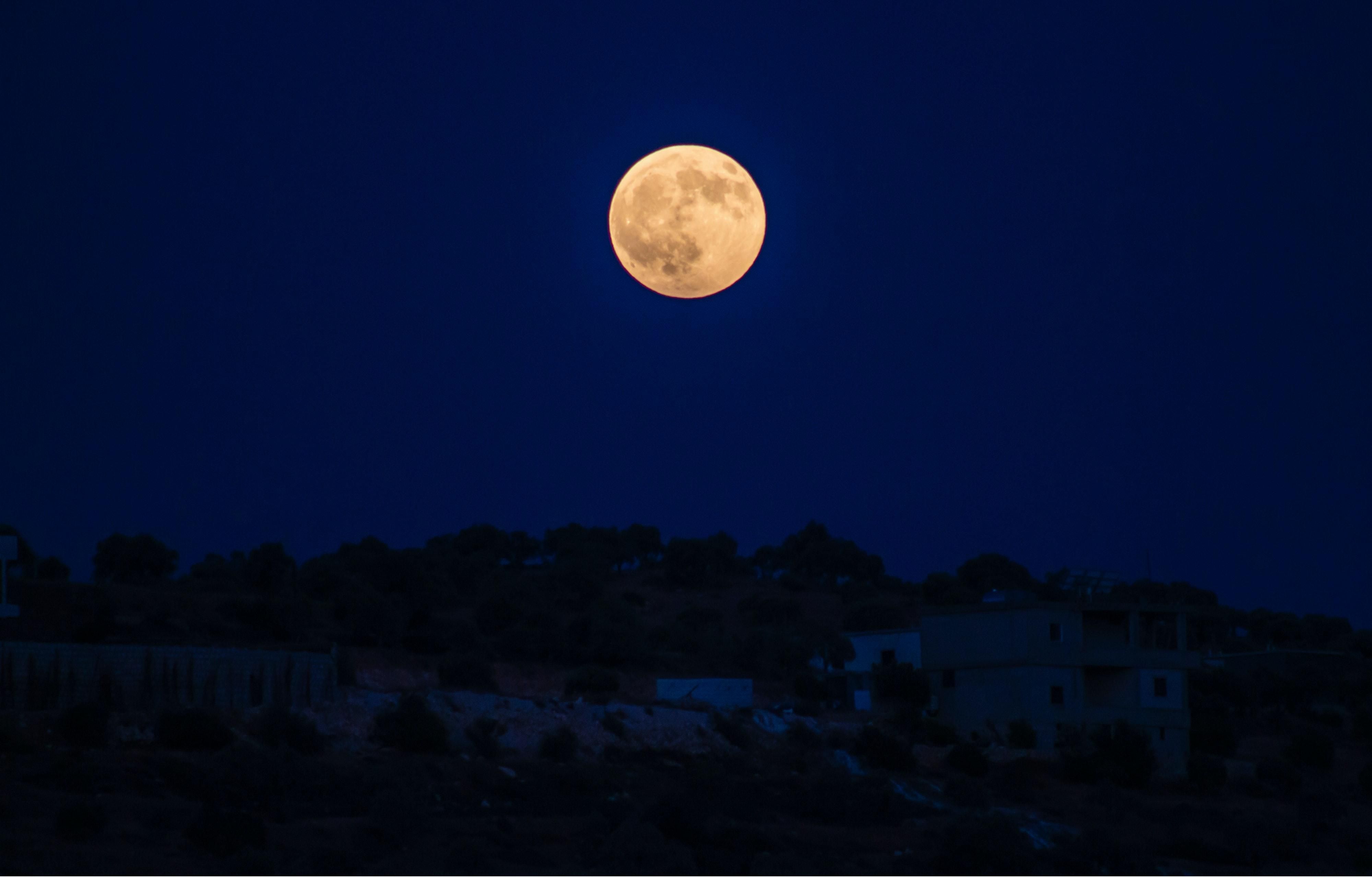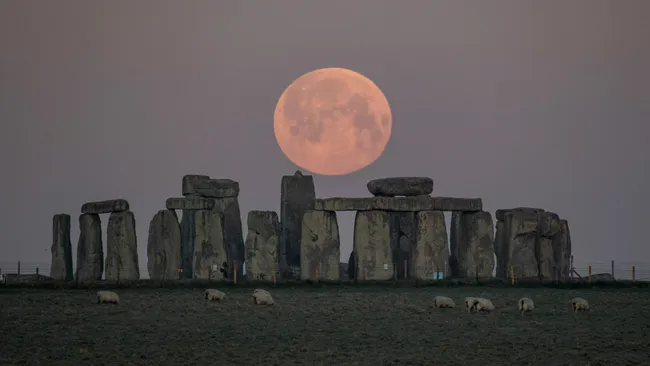In a couple of days there will be a "Great Standing of the Moon" in the sky, an event that happens once every almost 20 years

From 21 to 22 June, expect a major lunar standstill, a rare astronomical phenomenon that occurs once every 18.6 years. During this event, the Moon rises and sets at the extremes of the horizon, reaching the highest and lowest positions in the sky in its cycle.
Here's What We Know
This phenomenon is explained by the fact that the Moon moves along a path that is different from that of the Sun. Because the Moon's orbit is tilted 5.1 degrees relative to the ecliptic, it can rise and set within 57 degrees in a month, which is wider than the range of sunrise and sunset.
A major lunar standstill occurs when the tilts of the Earth and Moon reach their maximum. During this period, the Moon rises and sets at the most extreme points of its range. This event greatly affects the length of time the Moon remains in the sky at night, especially noticeable during a full moon.
Historical monuments such as Stonehenge, which also served as an ancient solar calendar, appear to have been built according to the rising and setting points of the Moon during a major lunar standstill, emphasising the importance of this event in the past.

An extreme large lunar standstill is expected around the equinoxes in September 2024 and March 2025. However, observability depends on the Moon's phase, location and weather conditions.
On 21 June, the Moon will rise and set at its most northeastern and northwestern points, making it appear longer in the night sky. Conversely, on 15 December, the Moon will rise and set at its most northwestern and northeastern points. To observe these phenomena, you need to look from the same place, being in the northern hemisphere of the planet, and then you can notice a big difference.
Source: Space